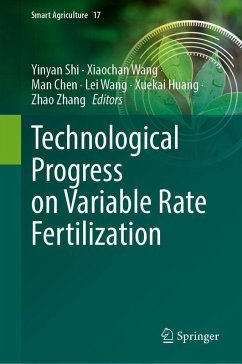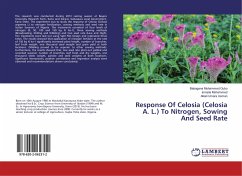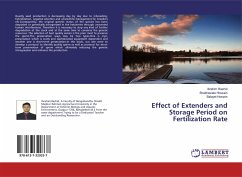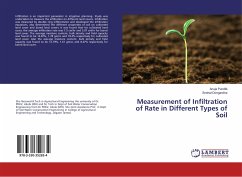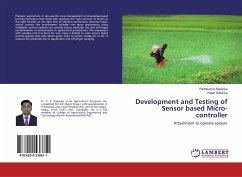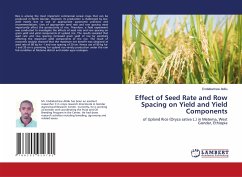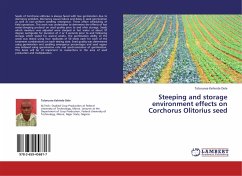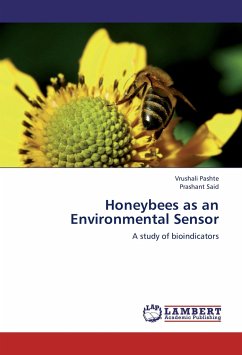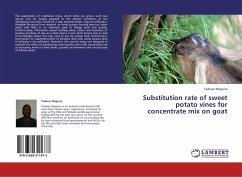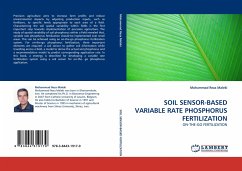
SOIL SENSOR-BASED VARIABLE RATE PHOSPHORUS FERTILIZATION
ON-THE-GO FERTILIZATION
Versandkostenfrei!
Versandfertig in 6-10 Tagen
52,99 €
inkl. MwSt.

PAYBACK Punkte
26 °P sammeln!
Precision agriculture aims to increase farm profits and reduce environmental impacts by adjusting production inputs, such as fertilizers, to specific levels appropriate to each area of a field. Characterising the soil spatial variability within fields is the first important step towards implementation of precision agriculture. The study of spatial variability of soil phosphorus within a field revealed that, variable rate phosphorus fertilization should be implemented over small areas. This can be achieved using an on-the-go phosphorus fertilization system. For on-the-go phosphorus fertilizatio...
Precision agriculture aims to increase farm profits and reduce environmental impacts by adjusting production inputs, such as fertilizers, to specific levels appropriate to each area of a field. Characterising the soil spatial variability within fields is the first important step towards implementation of precision agriculture. The study of spatial variability of soil phosphorus within a field revealed that, variable rate phosphorus fertilization should be implemented over small areas. This can be achieved using an on-the-go phosphorus fertilization system. For on-the-go phosphorus fertilization, three important elements are required: a soil sensor to gather soil information while travelling across a field, a model to derive the actual soil phosphorus and a recommendation model to predict corresponding application rate. In this book, a strategy is described for developing a variable rate fertilization system using a soil sensor for on-the- go phosphorus application.



